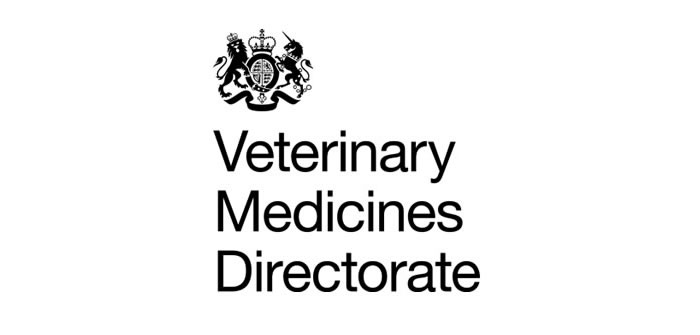AMTRA says SQPs have a vital role in reporting cases of suspected lack of efficacy in anthelmintics.
“Most reports of an anthelmintic apparently not working (for instance, because of resistance) will be heard by SQPs,” said a spokesman. “These should be reported to VMD, which can be done quickly via the VMD website.”
The adverse reaction scheme is run by the VMD’s Pharmacovigilance Unit and is used to collect information from veterinary professionals and the general public on suspected adverse reactions and lack of efficacy to veterinary medicines.
“We collect reports on both licensed and unlicensed veterinary medicines, and human medicines used to treat animals under the cascade,” says the VMD. “The information you provide can help to improve the safe and effective use of veterinary medicines.
“When you fill in the report you will need to provide basic information about:
- The name of the product which you think caused the adverse reaction or lack of efficacy.
- The animal(s) or person(s) in which the adverse reaction or lack of efficacy occured.
- The signs observed of the adverse reaction or lack of efficacy that is suspected.
- Your contact details as the reporter of the adverse reaction or lack of efficacy.
The VMD says it is useful to have the product, its packaging or the package leaflet that came with it when you fill out a report.


